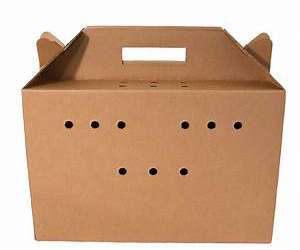A Rehabber’s List of Worst Bird Myths
10,000 Birds
MAY 6, 2016
If you see a raccoon during the day, it must have rabies! Bats just love to fly into human hair!” Two: Humans are diurnal, which means they are normally active during the day. Raccoons are nocturnal, which means they are normally active at night. The same goes for raccoons. million-year-old early human.












Let's personalize your content